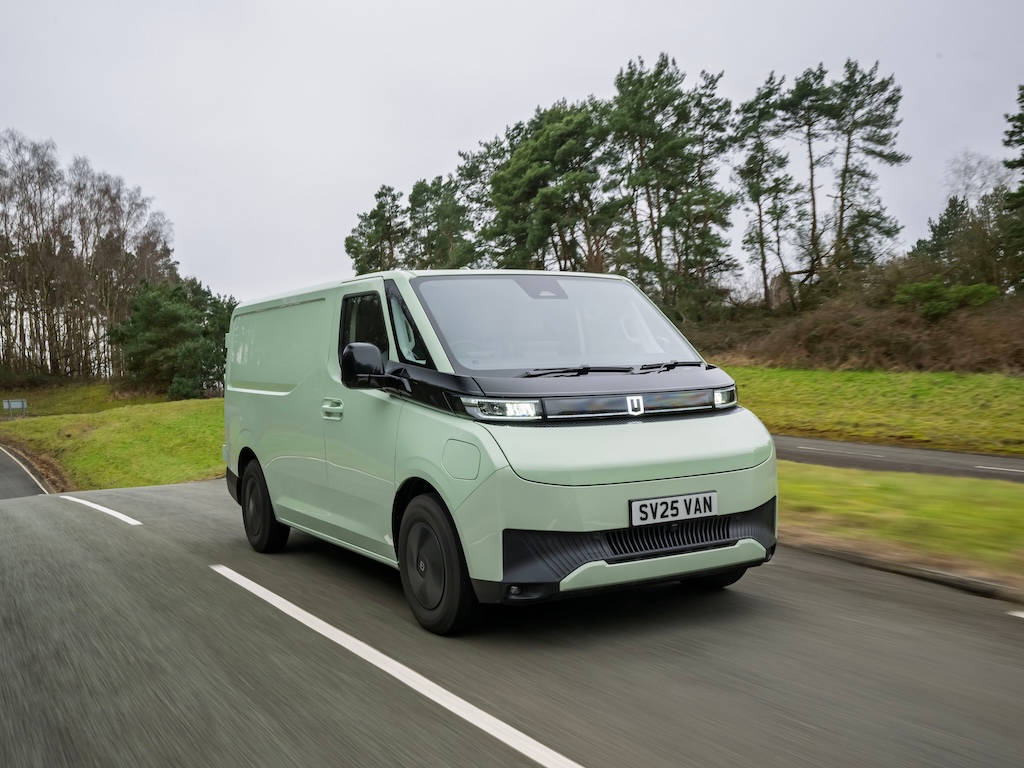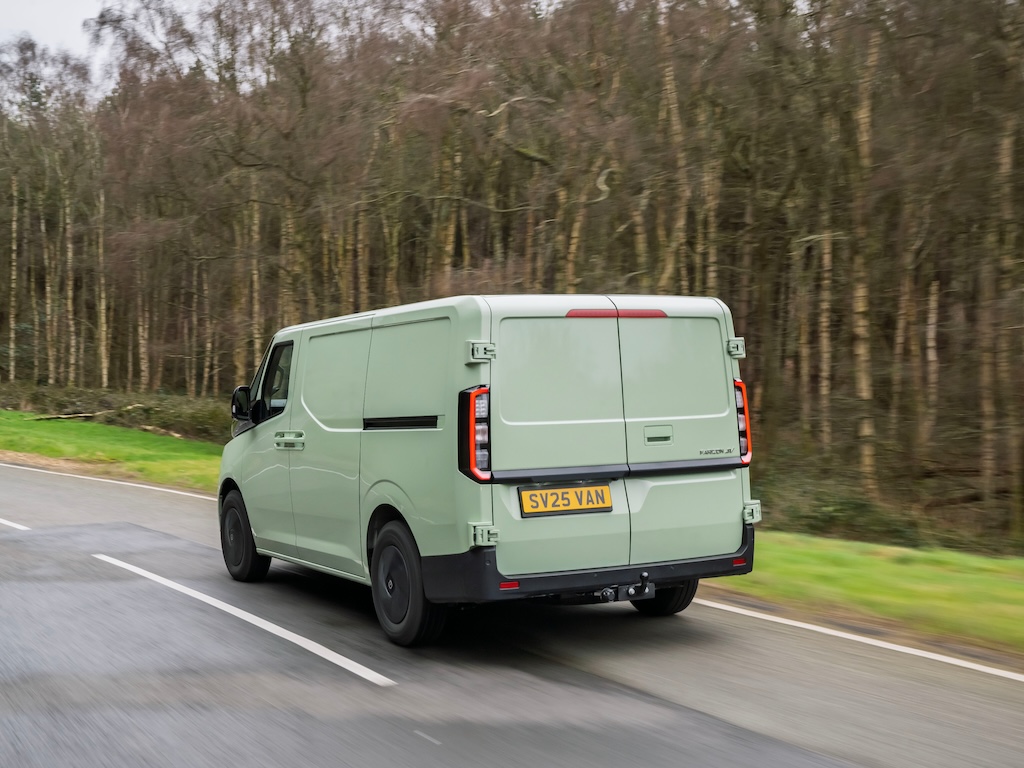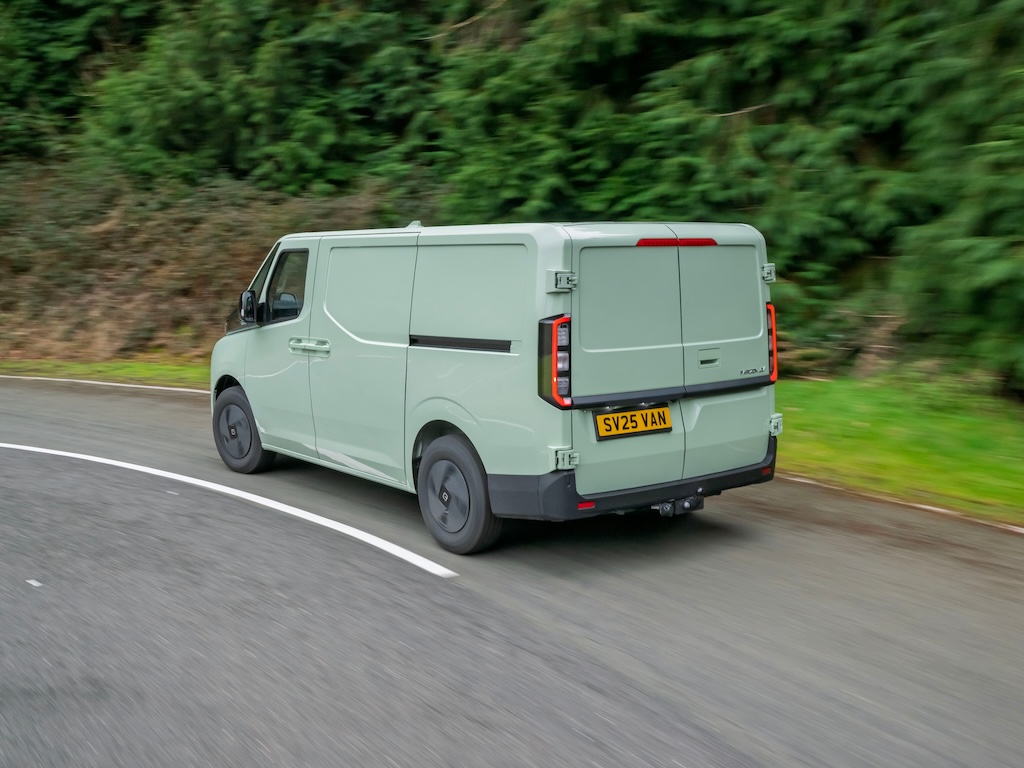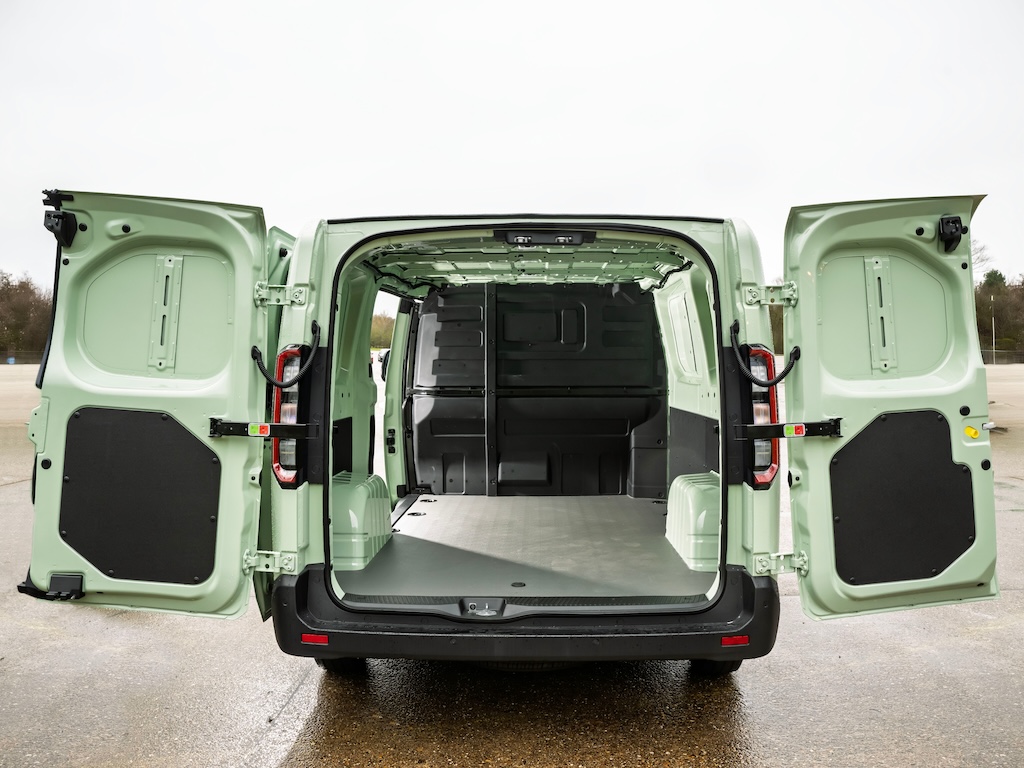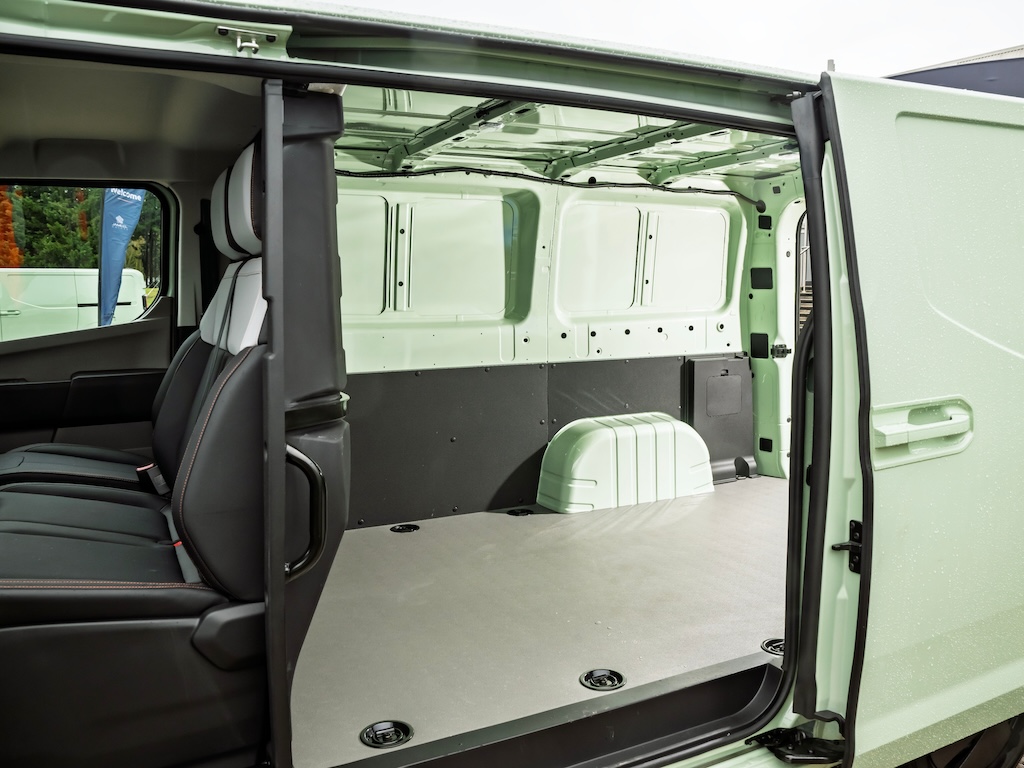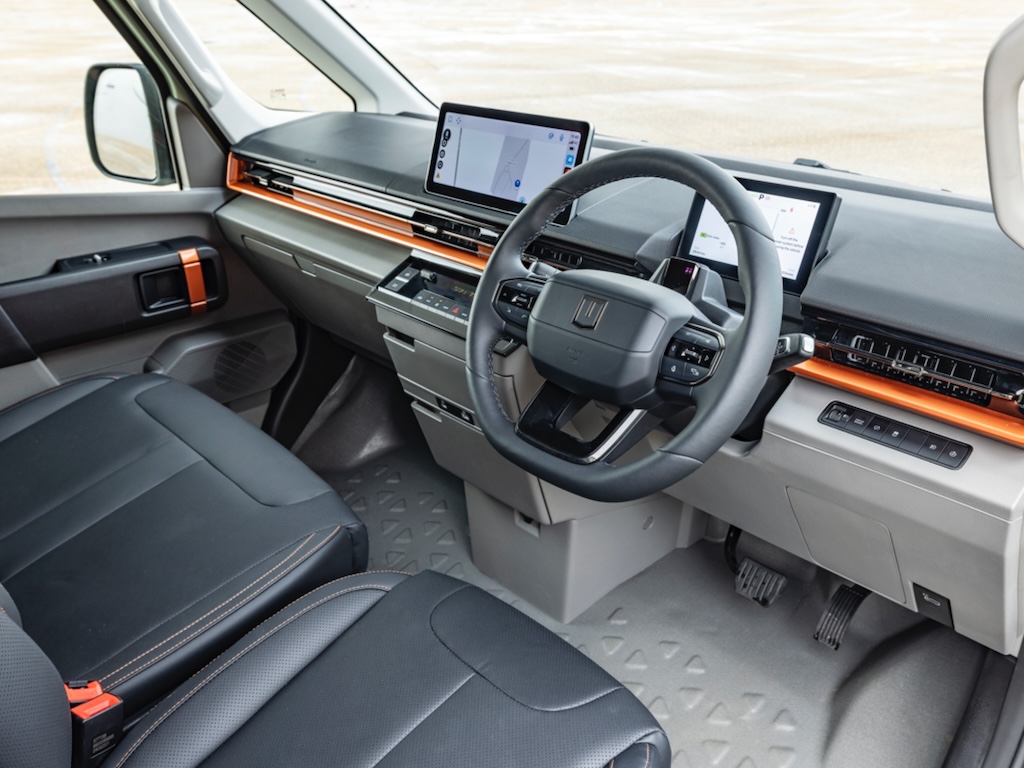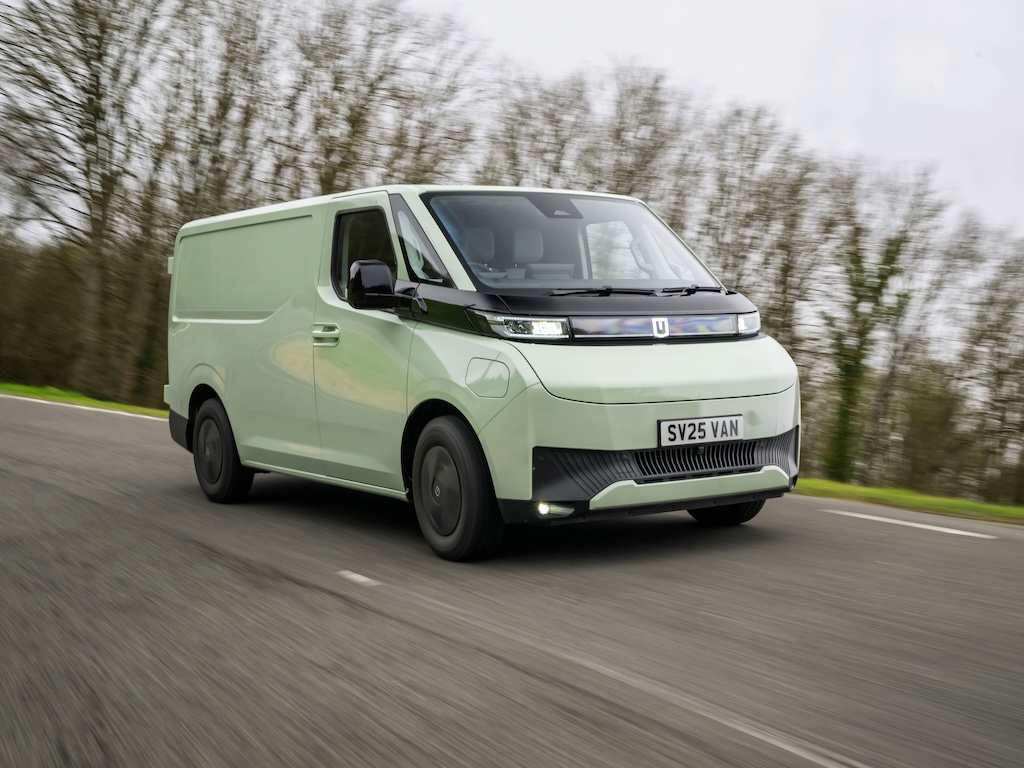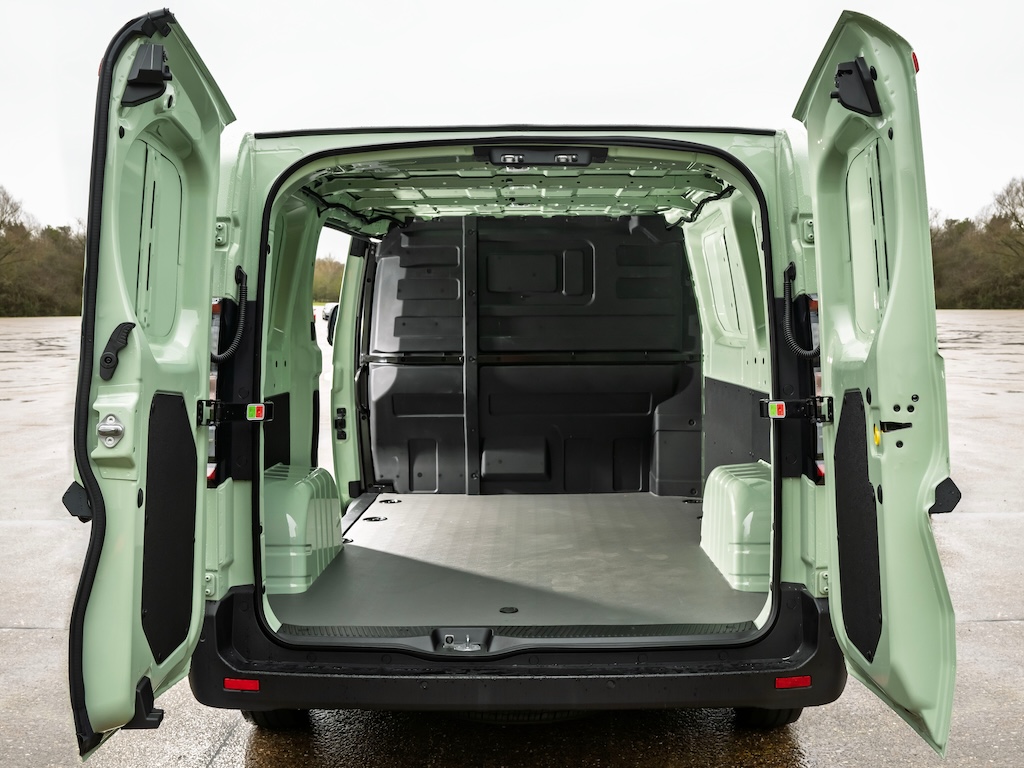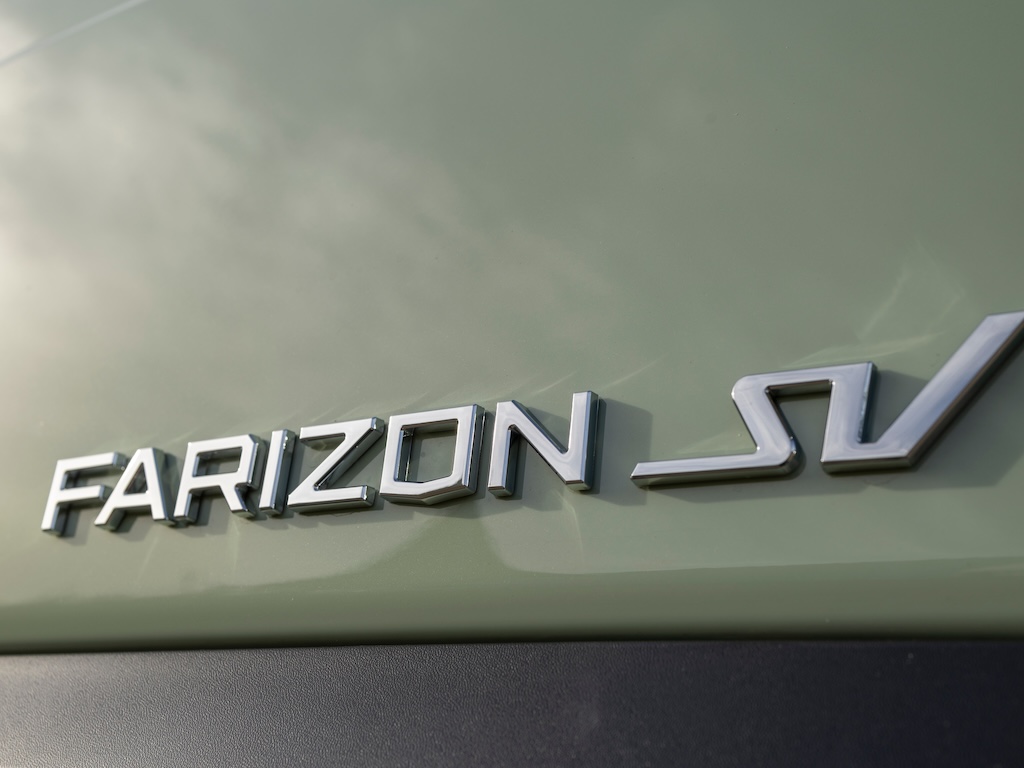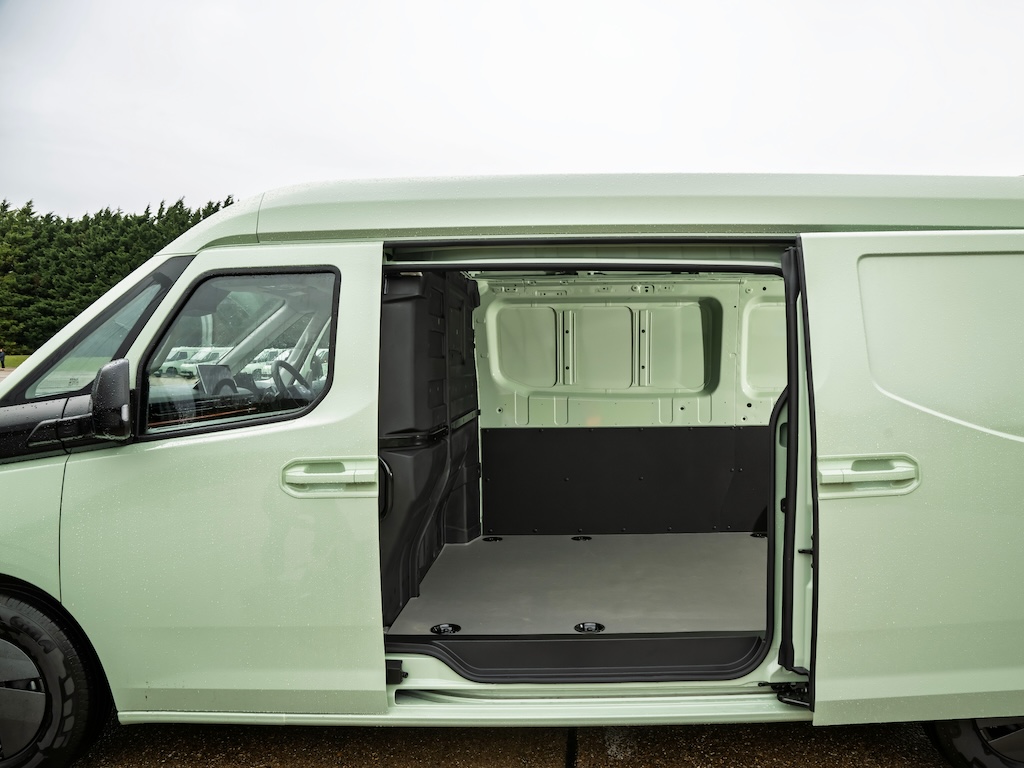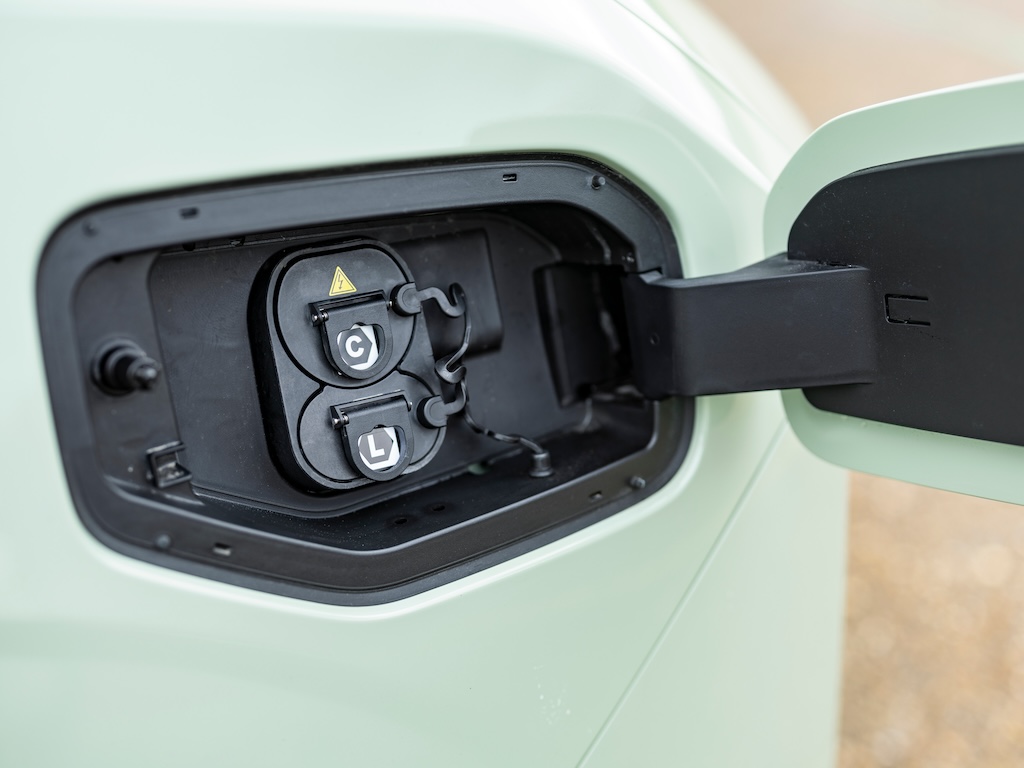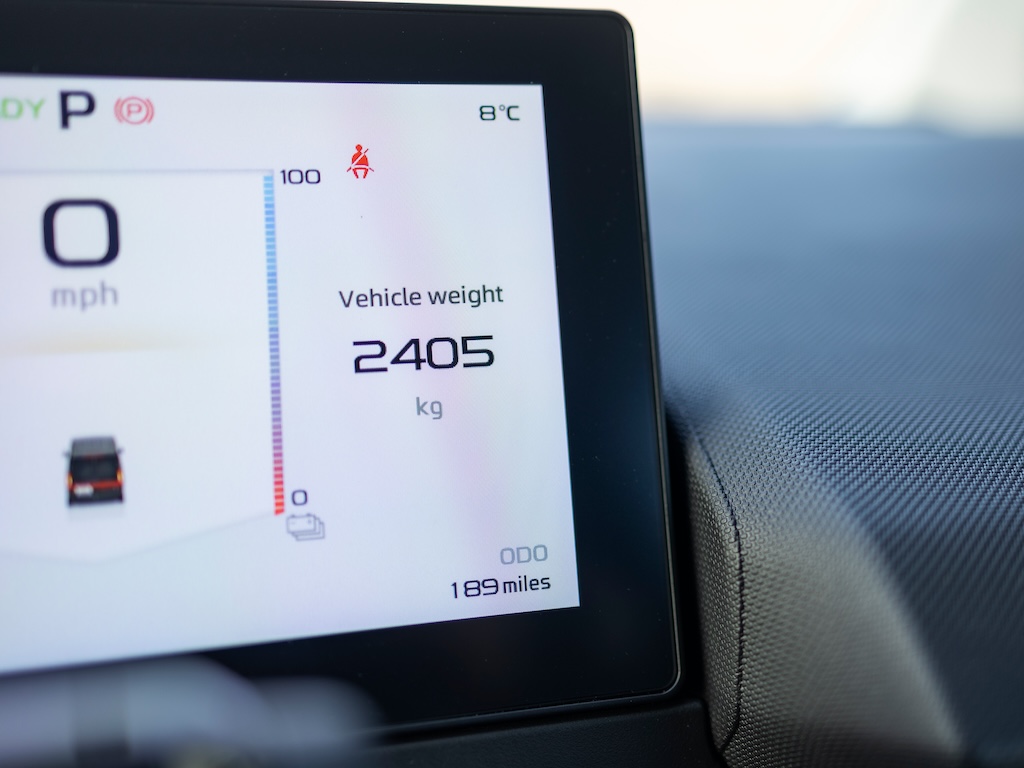Another month and another new Chinese automotive brand enters the market. John Kendall has all the details.
There is a slew of Chinese manufacturers currently poised to enter the UK light CV market and Geely, which owns Volvo Cars, Polestar and Lotus, is undoubtedly one of the biggest, with proven expertise in vehicle manufacturing. The Farizon SV should be available in showrooms in the coming few months, according to the company. As we have reported previously, Saudi-based Jameel Motors, which has lengthy expertise in importing Toyota vehicles to several markets, will be handling the import operation to the UK and appointing a relatively small number of dealers initially.
The advantage for Chinese manufacturers – and established manufacturers such as Kia – in entering the market with electric-only product is that they will avoid any of the ZEV mandate penalties. Their sales will be 100% electric from the start.
For anyone launching a new vehicle into the UK for the first time in 2025, there is virtually no point in launching ICE-powered vehicles, which could still be on the road in 15 to 20 years’ time, needing a lengthy parts inventory to support them.
So, the Farizon SV (for Super Van, no relation to Del Boy’s Reliant Supervan!) is electric only, available in three lengths with three roof heights – the complete model lineup being L1H1, L1H2, L2H2, L2H3 and L3H3. This selection gives a range of body sizes between 6.95m3 (L1H1) and 13.0m3 (L3H3), competitive figures for a 3,500kg GVW van. Farizon claims a 550mm loading height for all models, which it attributes in part to cell-to pack battery technology, which results in a low overall height for the batteries.
UK legislation permits vehicles with drive-by-wire systems to be used on our roads. That means motor vehicles where there is no direct mechanical connection between the steering wheel and the steered wheels and similarly between the brake pedal and the vehicle’s brakes. Farizon has taken full advantage of this and the SV is equipped with steer- and brake-by-wire systems with multiple fail-safe systems. Farizon claims that this results in a 4kg weight saving for the brake system and a van that will stop when braked from 62mph in 39m, compared with 45m on average for conventionally braked similar vehicles. A steer-by-wire system can vary the steering ratio, enabling fewer turns lock-to lock when manoeuvring in a tight space, returning to a more conventional ratio when underway.
Another interesting development is in the body construction. The passenger side of the vehicle is not equipped with a B-pillar, which is built into the sliding side loading door. It offers a wider side loading aperture to improve access to both the cab and the load area from the side. The side door aperture on L1 and L2 models is 1,800mm wide and 2,100mm on L3 models, offering plenty of space for fork truck loading.
The SV is also well equipped. There is effectively one specification, which includes the pillarless side door opening, LED headlights with automatic intelligent high beam control, front and rear fog lamps, electric door mirrors, a heated front screen, automatic rain-sensing wipers and automatic door locking. Also standard kit are front and rear parking sensors, keyless start, dual passenger seat, heated and ventilated driver and nearside passenger seat, heated steering wheel, a 12.3-inch touchscreen with DAB radio, 360-degree surround view display and automatic air conditioning. In terms of warranty, there’s a four-year 120,000-mile warranty for the vehicle with an eight year/120,000-mile warranty for the batteries.
We have only had an opportunity to drive the Farizon at the Millbrook test track, but that included access to the hill route with a range of gradients and camber types. First impressions are that if we were not aware of the drive-by-wire system, we would not have noticed it. The van drives with precision and feels thoroughly well engineered with good handling and responsive brakes. The lack of a B-pillar on the passenger side could be a major point of weakness in a poorly engineered vehicle but the Farizon SV is not such a van. The side loading advantages could give the SV an edge over some rivals. It is also quiet and lively. The motor may not be as torquey as that in some rivals, but performance is good.
Inside, the cabin offers good cross-cab access, unimpeded by handbrake or gear levers. There is reasonable storage space for cups and the usual things that van drivers need. We would prefer to see the three-stage regenerative braking control as steering wheel paddles rather than a dashboard control.
One feature that we liked was an onboard weighing system with weight shown on the instrument panel. A nice touch to keep heavily loaded vans legal. Onboard power is also available to power tools and other equipment.
The Farizon SV seems to be a thoroughly well engineered and executed van. Inevitably, there are a few things that could be improved upon, but this is not a case of “It will be better after the first facelift”. In this iteration, it is easily good enough to take on its European rivals. Given Geely’s background and experience in the car sector, this doesn’t come as much of a surprise.
The verdict
If any company was going to pose a major threat to established light CV manufacturers, Geely was probably the one, so it is no surprise that the SV is as good as it appears. We will have to wait for an opportunity to drive one on the roads to get the full picture, but the Farizon SV has a lot to offer.
IN BRIEF
WHAT IS IT? A new Chinese electric van from Geely
MODEL DRIVEN? Farizon SV
HOW MUCH? From £45,000 (L1H1 with 67kWh battery) (ex-VAT)
RANGE? Up to 247 miles (WLTP combined)
LOAD VOLUME? 6.95m3 (L1H1) to 13.0m3 (L3H3)
GROSS PAYLOAD? 1,035kg – 1,350kg
DRIVE? 231hp/336Nm front-mounted motor, front-wheel drive with 67kWh or 83kWh Lithium Polymer or 106kWh (L3H3 only) Lithium Nickel Manganese Cobalt oxides (NMC) under-floor battery packs.
CHARGING? 120kW on-board DC rapid charger (140kW for 83kWh battery) and 7.4kW AC charger (single phase) or 11kW (three phase).
Key fleet model: Farizon SV L2H2
Pros: Competitive price, innovative features, thorough engineering and good build quality
Cons: Steering wheel paddles would be preferable to control the regenerative braking
Seven-word summary: An impressive and well-engineered van from China


